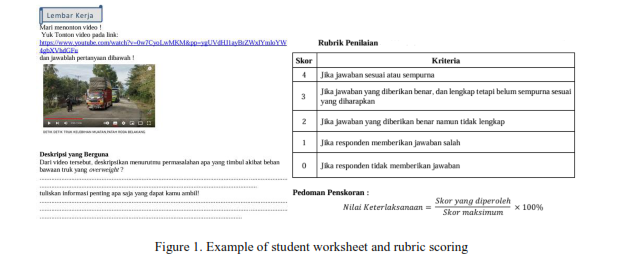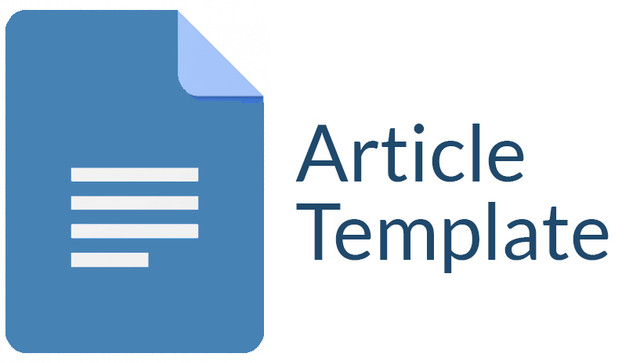Impact of a Collaborative Flipped Classroom with Think-Pair-Share on Physics Problem-Solving Skills
DOI:
https://doi.org/10.30736/seaj.v7i2.1190Keywords:
Discovery learning, flipped classroom, problem-solving skills,, think-pair-shareAbstract
This study aims to enhance students’ problem-solving skills in physics, specifically in simple harmonic motion, by implementing a collaborative flipped classroom (FC) model based on discovery learning and the think-pair-share (TPS) method. Using a quasi-experimental design with a non-equivalent control group, the research involved 30 high school students in West Java across two classes. The experimental group participated in flipped classroom activities that incorporated TPS, where students worked in pairs to discuss and explain concepts. Pre-class sessions focused on conceptual understanding, while in-class activities emphasized problem-solving. Both groups received an e-learning module developed by the researchers, which included material descriptions, instructional videos, and guided worksheets. The experimental group showed a significantly higher N-gain (0.85) compared to the control group (0.64), with statistical analysis (independent T test, p<0.005) confirming a significant improvement in problem-solving skills.
Downloads
References
Azizah, R., & Yuliati, L. (2015). KESULITAN PEMECAHAN MASALAH FISIKA PADA SISWA SMA. 5(2), 44–50.

Downloads
Published
How to Cite
Issue
Section
License
Copyright (c) 2025 Wahyuni Handayani

This work is licensed under a Creative Commons Attribution-ShareAlike 4.0 International License.
Authors who publish with this journal agree to the following terms:
- Authors retain copyright and grant the journal right of first publication with the work simultaneously licensed under a Creative Commons Attribution-ShareAlike 4.0 International License that allows others to share the work with an acknowledgment of the work's authorship and initial publication in this journal.
- Authors are able to enter into separate, additional contractual arrangements for the non-exclusive distribution of the journal's published version of the work (e.g., post it to an institutional repository or publish it in a book), with an acknowledgment of its initial publication in this journal.
- Authors are permitted and encouraged to post their work online (e.g., in institutional repositories or on their website) prior to and during the submission process, as it can lead to productive exchanges, as well as earlier and greater citation of published work (See The Effect of Open Access).

This work is licensed under a Creative Commons Attribution-ShareAlike 4.0 International License.









